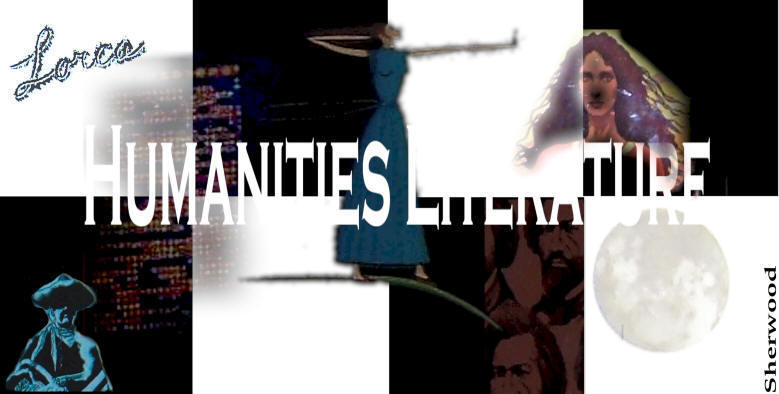|
The Awakening
has often been seen as "local color" novela, which is to say that it gives a
portrait of people distinctive somehow for their time and region. Thus
most 19th-century readers would not have shared all the experiences and
attitudes of characters in the novel, but would rather have expected to
learn about somewhat strange or exotic characters and culture. As we read
and discuss it, we'll begin by thinking about how Chopin's choice of
narrator differentiates this book from other pieces we've read. In place of
the first-person narrators of Douglass and Gilman, we listen to a voice that
belongs to none of the characters themselves. The third-person narrator
often adopts the language of characters it is describing yet it also
maintains a kind of sympathetic neutrality. When an author chooses a
narrator such as this one, what cues do we as readers have as to how we
"ought" to relate? For example, do we bring our own attitudes, politics and
experience to it or do we try to respond in the context of time and place?
|
|
|
A. What picture
of place, class, and time period does the narrator give at the
outset of this novela? What are some of the explicit (or implicit)
details that help fill out the place? What are the expectations for
husbands and wives?
|
B. Chopin performs the
characterization of Mr. "Leonce" Pontillier through several means:
his direct actions and speech, indirect description of his thoughts,
and the responses and comments of other characters. What do we know
about this figure? How does the novel seem to want us to think of
him (in relation to his time and place)? See: P.1¶s5, 6;
P3¶s4, 5; P5¶2,4; P7,¶6.
|
C. Chopin performs the
initial characterization of Mrs. "Edna" Pontillier through several
means: her direct actions and speech, indirect description of her
thoughts, and the responses or comments of other characters. What do
we know about this figure (at present) and her past? How does the
narrator seem to want us to think about her? See especially: P.3¶2;
P4¶5; P9¶5; P11¶5; P12¶1,2; P14¶4; P7¶2-4.
|
D. The gradual transformation
of Edna's personality is hinted at quite early through a mix of
details: some concrete and realist, other much more symbolic or
impressionistic. What details begin to suggest a change is
occurring, and what are we led to believe are the causes of the
change? See especially: P6¶4,5; P13¶2-7; P18¶3,4; Pp26-27.
|
E. If Edna Pontillier remains
an outsider in the process of coming to find a place, and perhaps be
redefined, in Creole culture--what are the possibilities facing her?
How do her own dabbling in painting and her responsiveness to music
suggest a path? Adele Ratignolle and Mdm. Reiz can be
said to represent two possibilities, perhaps the extremes of what a
19th-writer might imagine. How? See especially: P8¶2,3; P24¶2;
P25¶3,4; P26; P27¶s5-8.
|
|
